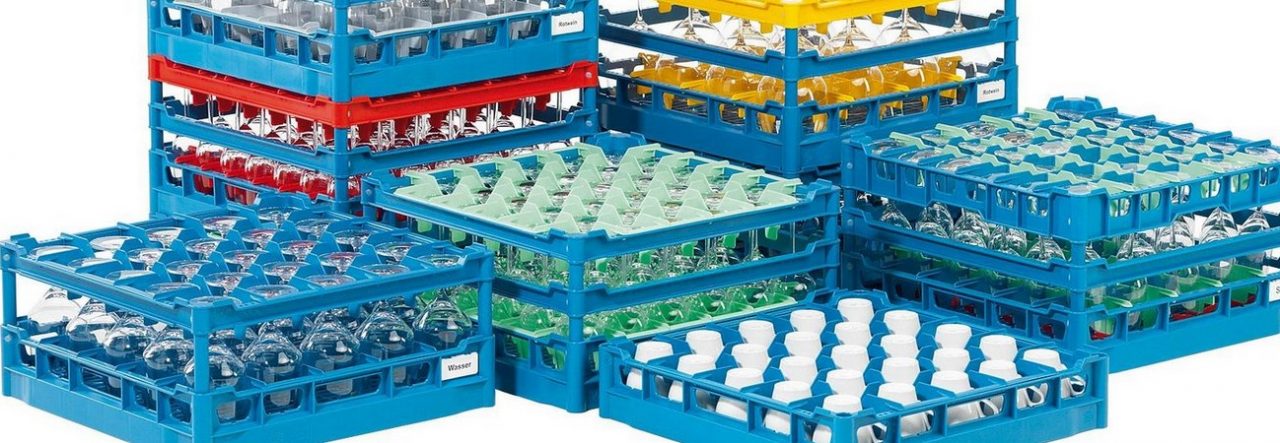
When you are moving goods about, you need something in which to put them. If you are a manufacturer and make small products the size of, say, a bar of soap – or maybe they even ARE bars of soap – you can’t move them about one at a time. It would not be an efficient use of time.
Of course, some businesses use one-time containers such as cardboard boxes for their products, but these cannot be stacked very high because they will obviously collapse if too much weight is put on them. It rather depends on the contents as to how high you can stack them. Certainly, a lot of food items such as tinned foods are transported to supermarkets and convenience stores in cardboard which then goes to waste for recycling.
However, solid plastic crates and containers can be re-used time after time. They cost more to purchase initially than cardboard but will last for years and can withstand rough handling. Furthermore, attached lid containers can be stacked one on top of another up to eight or ten units high. This makes for considerable space saving in a warehouse and during transportation.
One of the disadvantages of attached lid containers is that they can’t nest like many other containers. Nesting containers will save around 70% of space when empty and nesting but attached lid containers take up the same amount of space when empty as when they are full. However, this doesn’t make any difference when you are using vehicles operating in a closed loop system. So if you deliver regularly to a customer, you might have 40 containers on a truck with goods inside them. When these are delivered, the driver simply collects 40 empty containers and brings them back to your factory, warehouse, or whatever.
However, containers with attached lids not only stack one on top of another, but also hold more than nesting containers because they usually have straight sides rather than sloping ones. You can also have attached lid containers with solid sides or ventilated sides if you need them, for example to keep goods cooler in transit.
